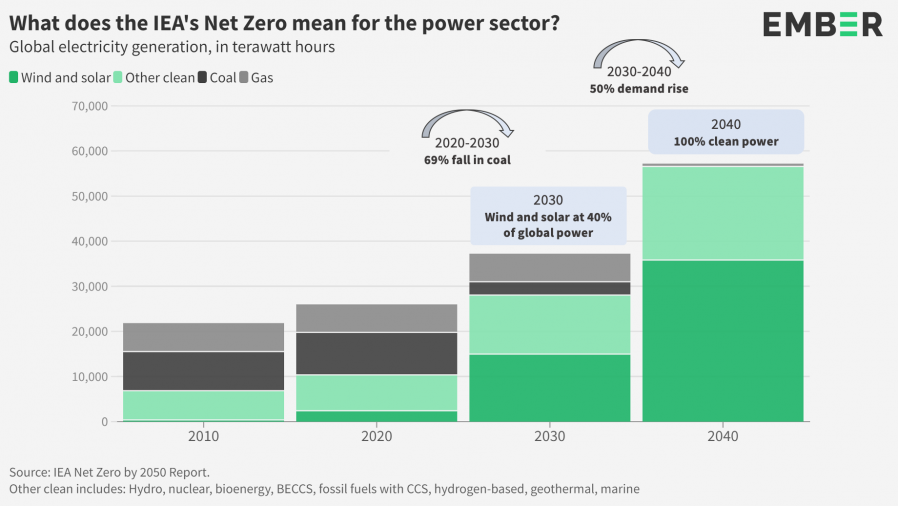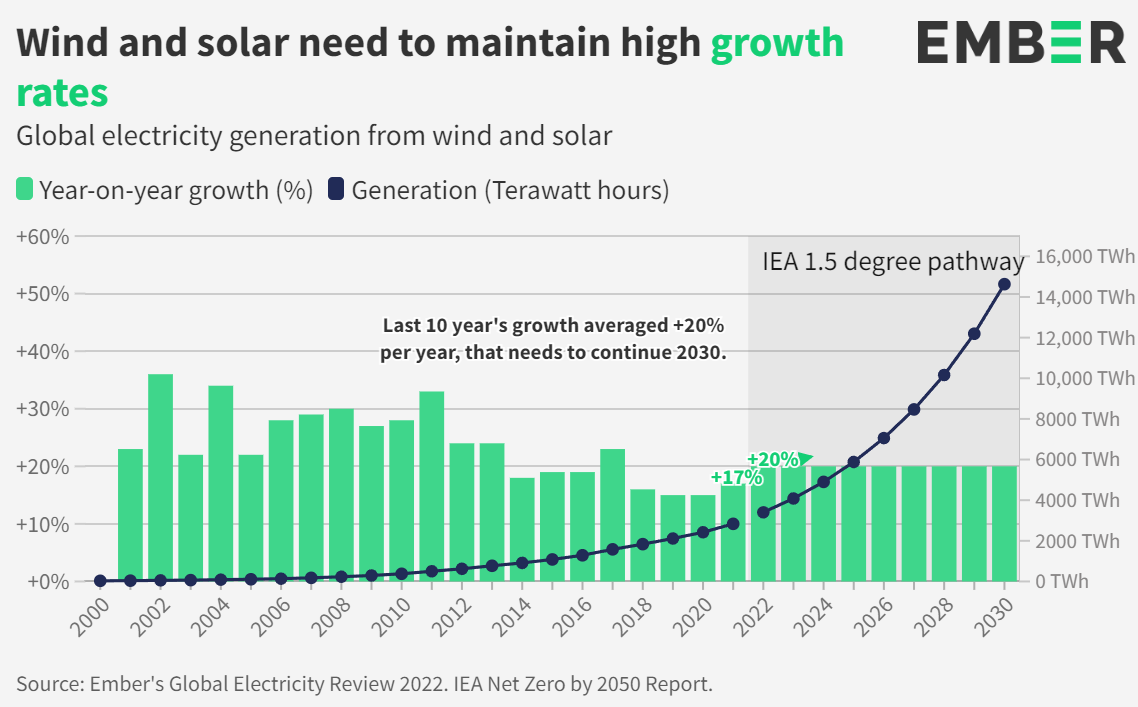
In 2021, wind and solar power accounted for ten percent of the world's electricity supply for the first time, according to figures from the non-profit organization Ember.
At the same time, energy consumption in the world increased by five percent in 2021, and 29 percent of that increase was covered by wind and solar power.
To have a chance of meeting the goal of limiting global warming to 1.5 degrees, wind and solar power must increase by 20 percent per year. A plan that researchers at Ember now say is "absolutely possible."

50 of the world's countries now get more than ten percent of their electricity from wind and solar. Three countries, Denmark, Luxembourg, and Uruguay, have even reached over 40 percent. Top of the league is Denmark, where 52 percent of the country's energy needs are covered by solar and primarily wind. According to Ember's analysis, Sweden's wind and solar production amount to 17 percent of the country's energy needs.
The fastest growth for sun and wind energy is noted in the Netherlands, Australia, and Vietnam. In the Netherlands, the share of electricity coming from solar and wind increased from 14 percent in 2019 to 25 percent in 2021. At the same time, the percentage coming from fossil fuels fell from 73 percent to 68 percent.
We still need to increase the pace of expansion to reach the 1.5-degree target, but not by much. In 2021, sun and wind increased by 17 percent. As long as we reach 20 percent in the years up to 2030, the goal will be achievable. Something that Ember's researchers believe we have good opportunities to cope with.









